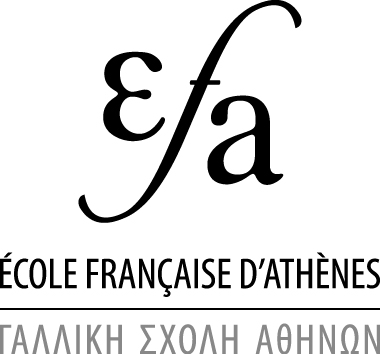The geographic distribution of bioavailable strontium isotopes in Greece: a base for provenance studies in archaeology
Résumé
Sr isotopes are a powerful tool used to reconstruct human mobility in archaeology. This requires extensive bioavailable 87Sr/86Sr baselines used as reference for deciphering potential areas of origin. We define the first extensive bioavailable Sr isotope baselines for the different geographical regions and surface lithologies of Greece by combining new Sr data with previously published bioavailable 87Sr/86Sr data. We present 82 new Sr concentrations and 87Sr/86Sr signatures of plants, soil leachates, surface waters and spring waters from Central Greece and combine these with published baseline values from all over Greece. We define individual baselines for ten of the thirteen geographical regions of Greece. We also provide soil leachate 87Sr/86Sr ratios from the two archaeological Bronze Age sites of Kirrha and Ayios Vasileios in Central and Southern Greece and demonstrate the validity and applicability of the new baselines for these sites. The bioavailable 87Sr/86Sr compositions of Central Greece define a narrow range of 87Sr/86Sr values between 0.70768 — 0.71021, with the widest range observed for the soil leachates. Sr derived from carbonate weathering appears to be the most important Sr source sampled by the proxies. There is an overall larger variability in baseline ranges of the different geographical regions, the narrowest is that for West Greece and the widest that for West Macedonia. In addition, we computed statistical Sr isotope ranges for the five main surface lithological groups characterising the sampling sites of the various proxies. Narrowly ranged, unradiogenic bioavailable Sr isotope signatures are typical of areas characterised by igneous outcrops as well as by Cenozoic and Mesozoic sediments. Areas, where Palaeozoic and Precambrian bedrock outcrops dominate, produce significantly wider ranges. Our study promotes the usefulness of multi-proxy baselines for geographical reference purposes and thus their promising applicability for future human mobility studies.
Origine : Fichiers produits par l'(les) auteur(s)





